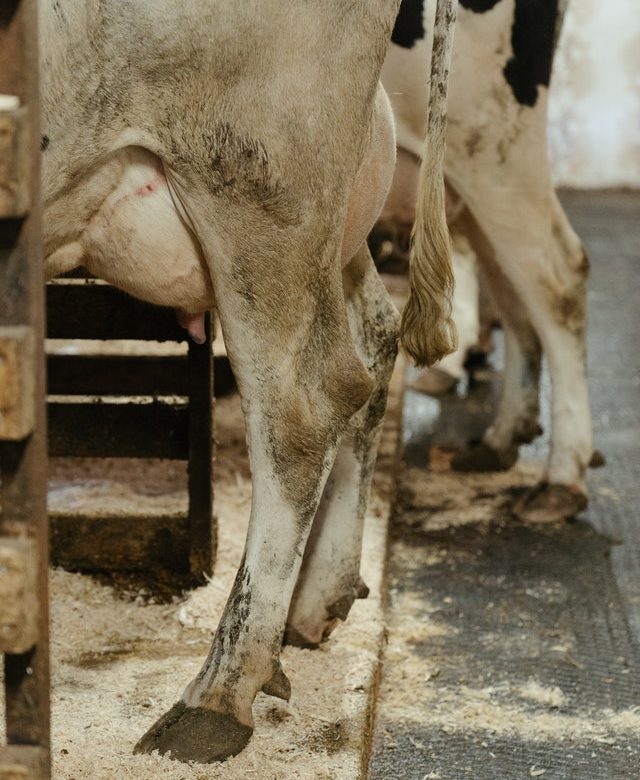AMERICANS have long joked that a recession is when your neighbour loses his job and a depression is when you lose your own.
But is the Australian definition of a recession when wool prices tank but dairy prices do well?
Federal Treasurer Josh Frydenberg last week confirmed what even the most casual economic observers have known for some months — that Australia is in recession.
The colossal 7 per cent decline in gross domestic product was the biggest single quarter drop since the Bureau of Statistics began compiling records in 1959.
Analysis by The Weekly Times of the four recessions in the six decades since showed the wool price nadir occurred at the start of every downturn and coincided with radical reform of the sector.

Veteran wool grower Peter Small noted the 1973-74 recession dovetailed with beginnings of the wool price reserve scheme and the 1990-91 recession with its demise.
“The lesson is that market intervention does not work — that’s been shown over and over again,” the Coleraine farmer said.
“(The wool sector) is still feeling the effects of 1991 to this day with substantial parts of Australia that were once wool now used for other types of agriculture.”
Mr Small said changing consumer preferences provided a stark contrast between the 2020 recession and the other post-war downturns.
“Wool has gone from common place, a product purchased by most, to an expensive garment. “The industry is more reliant (on consumers) with a high disposable income so this recession is likely to play out differently in that regard.”
Conversely, dairy prices were less susceptible to an overall economic downturn — in fact, some of Australia’s best years economically, such as 1976, 1985 and much of the 2010s coincided with weak prices at the farmgate.
Former United Dairyfarmers of Victoria president Bill Pyle became involved in agripolitics due to the early 1970s dairy downturn.
He said recession was only one of several factors related to the industry’s malaise at the time, with the UK’s entry into the Common Market playing a more decisive role.
“Funnily enough, dairy can do quite well in the down times nationally and do poorly when Australia is doing well overall,” Mr Pyle said.
“Now the 1991 recession didn’t hit the farmers with their farms paid off because prices were reasonable. But the farmers paying off their property with a 19 per cent interest rate certainly were.”
Former Australian Wool Corporation chairman Hugh Beggs said while it was difficult to compare the current recession to previous iterations, he expected consumer behaviour to follow a similar pattern.
“What you do find at the start of the recession is that people take a cautious approach to spending but slowly, once consumer confidence rebounds, that has an impact (on the wool sector,” Mr Beggs said.
“There’s a very good chance that could occur again although the circumstances (with coronavirus restrictions) add to the uncertainty.”
Queensland Dairy Organisation president Brian Tessmann said some of domestic dairy’s worst years — the $1-a-litre period between 2011 and 2019 — coincided with a booming Australian economy. He recalled the 1990-91 recession as being relatively mild for the dairy sector.
“Australia’s overall economic performance can be pretty contrary compared to how dairy is performing,” Mr Tessmann said.
“Other factors come into play that can have more of a direct impact than a recession on the industry — like European quotas, a plane being shot out of the sky in Ukraine.
“My late father was a dairy farmer during the Great Depression and he often said that farmers did pretty well during that period despite the economy being in bad shape.”
Original article sourced from https://www.weeklytimesnow.com.au/



